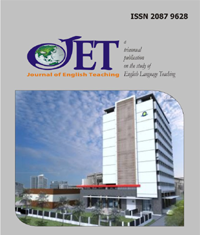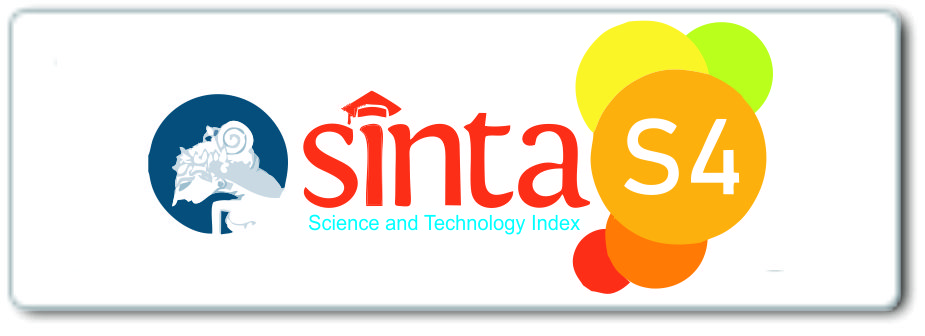English Education Master’s Program Students’ Perceptions on the Use of Code-Switching in EFL Classroom Context
DOI:
https://doi.org/10.33541/jet.v6i1.1336Keywords:
code-switching, EFL classroom context, qualitative content analysisAbstract
This paper investigated some factors influencing the use of code-switching in foreign/second language learning processes. Code-switching is related to the shift between the first and second languages done by the speakers in conversational contexts. Based on the theories of code-switching, second language learners frequently apply their first language when communicating with others in order to deliver the messages clearly, maintain group solidarity, and avoid unintended misunderstandings. Data were collected through a classroom survey and interviews with 12 English Education Master’s Program students of Sanata Dharma University, Yogyakarta. Qualitative content analysis was applied to obtain clearer interpretations. The results showed the lecturers and students utilized code-switching more sensibly in the second language classroom context. Further, code-switching will be better to be implemented in informal social interactions rather than foreign/second language classroom settings since it will hamper EFL learners’ success in attaining more fruitful target language competencies.
Downloads
Published
Issue
Section
License
Copyrights for articles published in JET are retained by the authors, with first publication rights granted to the journal. The journal/publisher is not responsible for subsequent uses of the work. It is the author's responsibility to bring an infringement action if so desired by the author.





